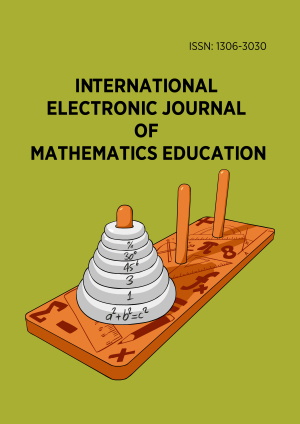Abstract
Learners at Grade 12 level persistently show a weak conceptual understanding of geometric concepts (DNEA, 2011, 2012, 2014). The study was guided by Bruner’s (1960) Constructivist Theory, using Understanding by Design teaching approach to explain Geometrical concepts. The study was qualitative, using non-equivalent pre-test and post-test quasi-experimental design. Cluster random sampling was used to select a sample of 176 Grade 12 learners from two purposively selected secondary schools. The findings revealed that at 95% confidence level.
License
This is an open access article distributed under the Creative Commons Attribution License which permits unrestricted use, distribution, and reproduction in any medium, provided the original work is properly cited.
Article Type: Research Article
INT ELECT J MATH ED, Volume 12, Issue 3, October 2017, 735-747
https://doi.org/10.29333/iejme/645
Publication date: 15 Nov 2017
Article Views: 4760
Article Downloads: 3857
Open Access References How to cite this article
 Full Text (PDF)
Full Text (PDF)